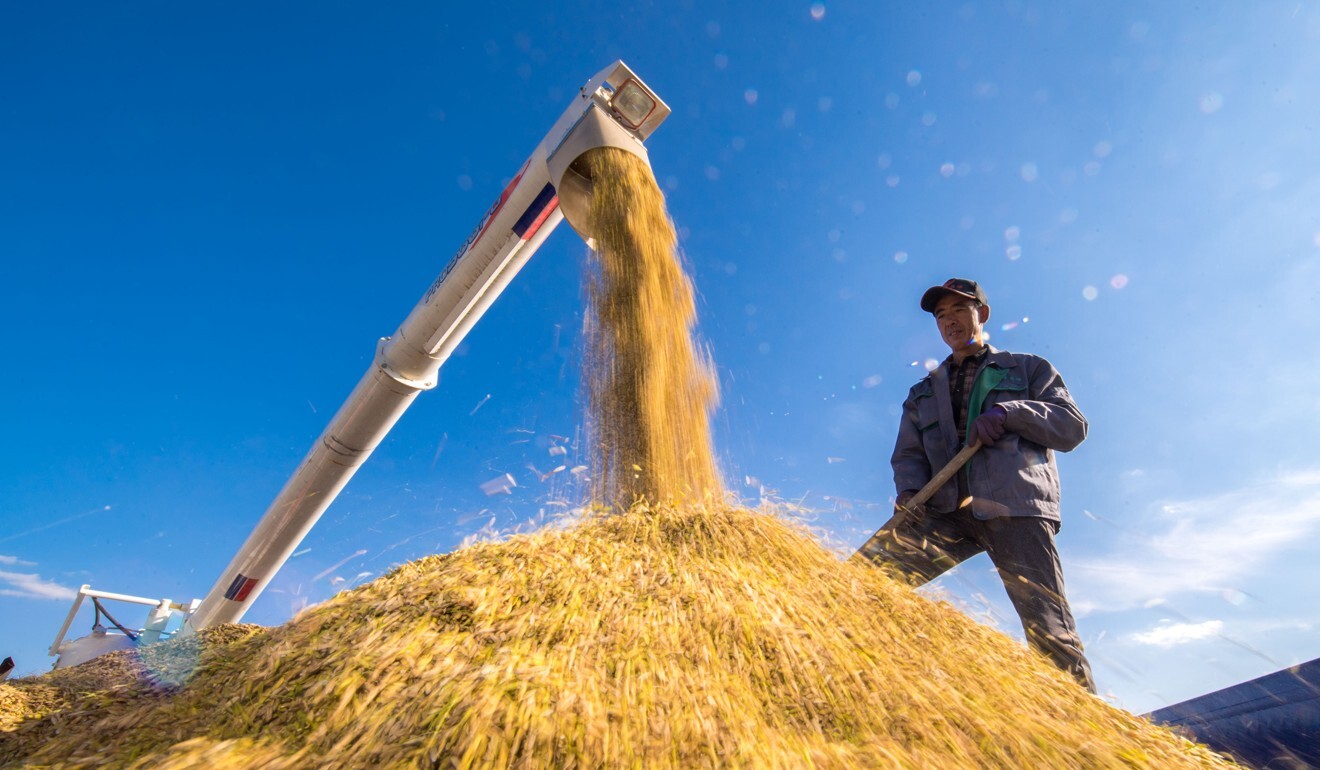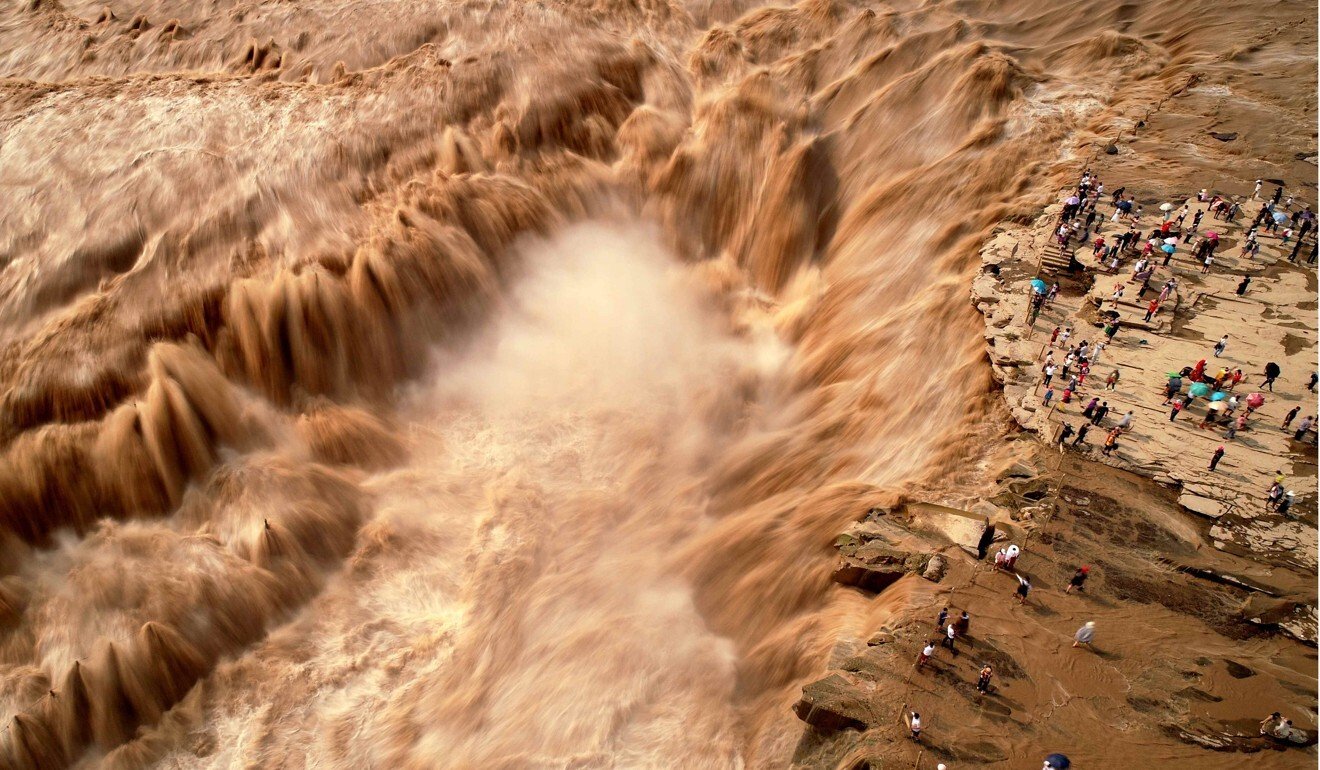
Prehistoric ancestors of modern-day Chinese favoured rice over millet, study says
- Scientists from China, Europe and South Korea studied remains of populations who lived for about 6,000 years from 5525BC
- Han Chinese genetically closer to Longshan people, who are known to have farmed rice, researchers say

The ancestors of modern-day Chinese ate rice instead of millet, and genetic sequencing of their remains suggests a close link to present-day populations from southern China and Southeast Asia (SC-SEA), according to a new study.
“Han Chinese, a dominant ethnic group currently living in the Central Plain [of the Yellow River], clearly show extra affinity with SC-SEA populations,” said the researchers from China, Europe and South Korea.
The team based their findings on a study of ancient human genomes, the results of which were published on Monday in peer-reviewed journal Nature Communications.
The Yellow River has long been regarded as the cradle of Chinese civilisation. The early occupants established a complex culture, which included making painted ceramics, and were the first people in the world to grow millet, the study said.
But when the cultivation of rice overtook the growing of millet, the Yellow River natives ventured out towards Tibet, Siberia and all the way to Europe, leaving behind a trail of prehistoric cultural footprints.

Han Chinese, who make up more than 90 per cent of the population of China, are genetically closer to the Longshan people, who are known to have farmed rice, the study said.
They entered the valleys of the lower Yellow River, which had a hotter and wetter climate than now, and kick-started the dawn of ancient Chinese civilisation more than 4,000 years ago, it said.
“This provides a genetic parallel to our observation of a significant increase of rice farming in the middle and lower Yellow River between the middle Neolithic Yangshao and late Neolithic Longshan periods,” said Cui Yingqiu, an anthropologist at Jilin University and one of the authors of the study.
“These results suggest … an important axis of exogenous genetic contribution that may be related to the northward expansion of rice farming by population migrations from south China,” she said.
The researchers looked at remains taken from 19 archaeological sites of humans who lived for about 6,000 years from 5525BC in a region stretching from the foothills of the Tibetan Plateau to the Amur River, which forms the border between the Russian Far East and northeastern China.
In-depth sequencing was conducted on 55 samples that had the best-preserved DNA.
Scientists believe long-distance migration and population exchanges leave marks in people’s genes. But ancient human remains are scarce and many are unusable because their genetic material is damaged or contaminated.
The study found a major shift in gene patterns in the samples from the Longshan people, who lived more than 4,200 years ago in what is now the city of Zhangqiu in Shandong province. They created some of the earliest writings, bronzeware and jade accessories known in China, and some historians regard them as the founding fathers of modern Chinese civilisation.
The genes of the Longshan people were quite different from the millet growers who had earlier dominated the Yellow River valleys. Their genes carried some unique segments that were only found in people living in the south.

Professor Su Bing, a genetic researcher with the Kunming Institute of Zoology in southwest China’s Yunnan province, said analysis of the modern human genome suggested some early humans left Africa and arrived in Southeast Asia and China about 60,000 years ago.
Exchanges between these prehistoric cultures were complex but remained poorly understood, he said.
“We are mostly in the dark about what happened between 10,000 and 5,000 years ago.”
Genetic evidence suggests the millet growers from the Yellow River reached as far north as the Xiliao River area of northeast China. They brought agricultural and advanced technology to the region that spurred an economic boom, the study said.
But further north, in the Amur River region, there were nomadic people who spoke the Tungusic language of Siberia. They opposed the expansion of the millet culture and refused any kind of genetic exchange, the researchers said.
Cui’s team also found evidence that some of the millet growers went to Tibet. They not only took millet to the plateau but also a language that helped put the Tibetan and Chinese languages into the same family.